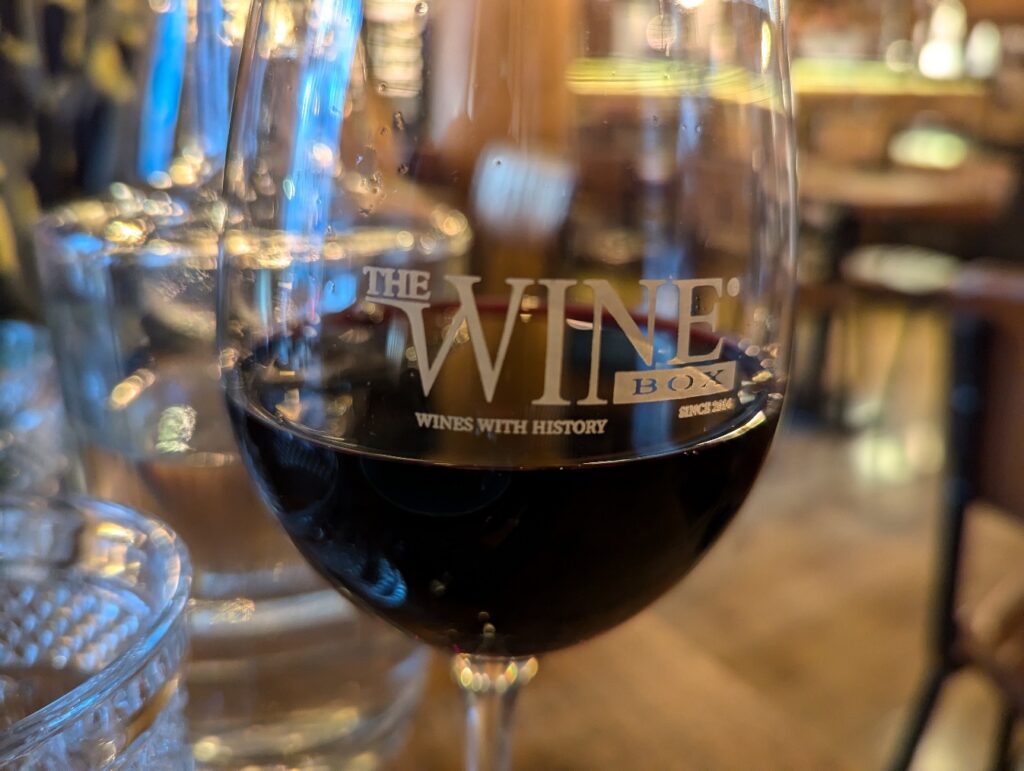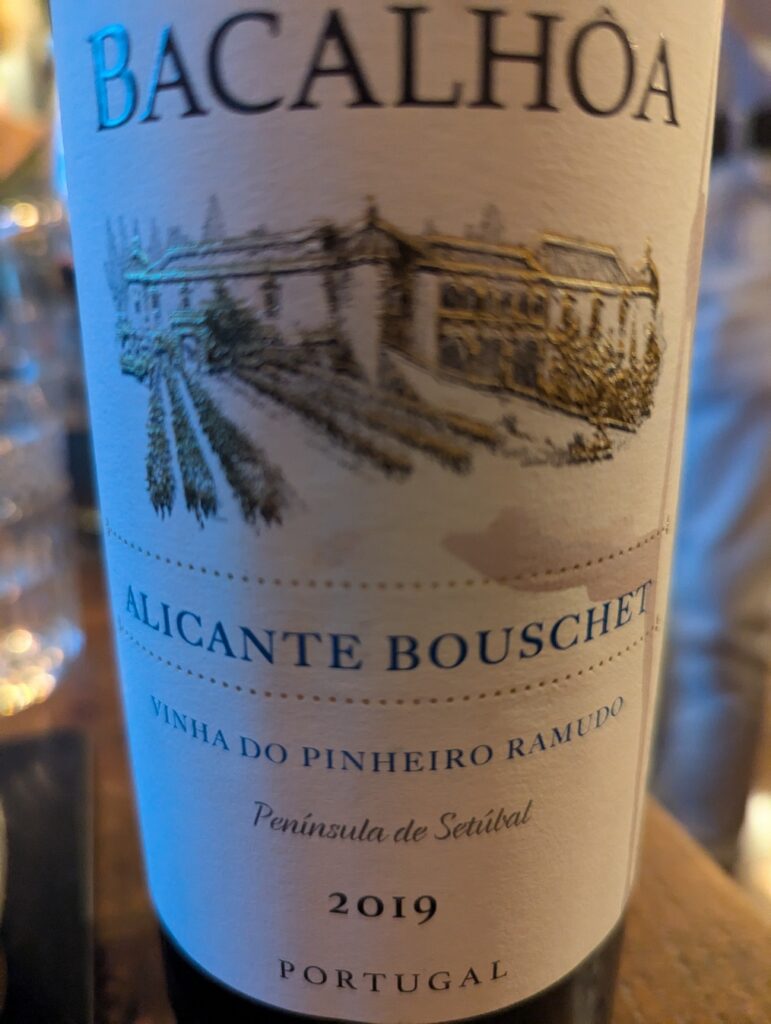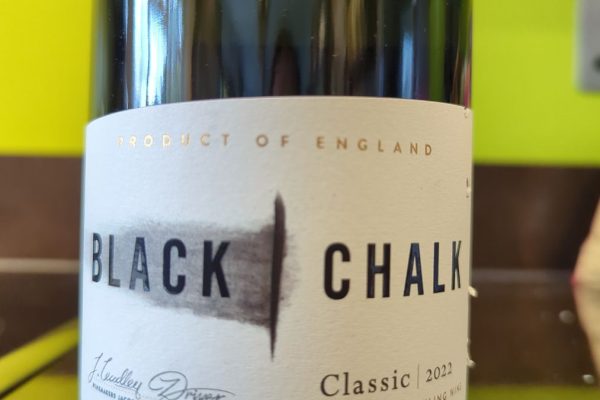
In September 2024, my wife and I spent a week in Portugal on an organised tour, exploring the regions between Lisbon and Porto. Throughout the trip, we drank wine in various places, but most of it was average and unremarkable. We were told that the Portuguese, who tend to favour beer over wine, export the majority of their wine abroad. As a result, restaurant wines, though very affordable (usually €4 to €5 for a large glass), offered limited selection and weren’t particularly memorable.
To truly experience quality wine in Portugal, you have to seek out specialist places and pay a bit more. When we were in Porto, we visited The Wine Box, a small wine bar that’s definitely worth finding if you’re a wine enthusiast. The bar boasts an extensive wine list, thoughtfully divided into categories of full-bodied, medium and light wines, with further subdivisions into normal or premium depending on the price point. While their large wine-by-the-glass selection looked promising, in practice, we found they only serve wines that are already open.




Undeterred, I asked for recommendations, and the staff were happy to oblige, offering two superb choices. The first was the Devesa Grande Reserve 2019 from the Douro region, priced at €10 per glass. This red wine, a blend of Tempranillo, Tinta Barroca, Touriga Franca and Touriga Nacional, had aromas of red plums and nutmeg. Full-bodied, bold and smooth, it left a lasting impression, and with a rating of 4.6 on Vivino, it’s clear why. Unfortunately, it’s not available in the UK, but it’s a wine I’ll remember.
The second recommendation was Bacalhôa 2019, priced at €9. Made entirely from Alicante Bouschet, an unusual choice as this grape is typically used in small amounts in blends to add colour and depth, it delivered aromas of red fruits, a hint of wood and spices. The red fruit flavours carried through when tasting and the tannins were smooth. 100% Alicante Bouschet is something I noted in a recent Wines of Portugal tasting.
We also tried the food at The Wine Box, a selection of tapas-style dishes along with a Greek salad. The dishes were all tasty and fresh, though not quite, maybe more extreme, than what we expected. The Greek salad, for example, was drenched in balsamic vinegar, which slightly overpowered the other ingredients. The Patatas Bravas, on the other hand, featured a dip that was spicier than anticipated, delicious but not necessarily the best pairing with wine. Thankfully, we were warned about the heat, and I managed to enjoy the dish without the dip until the very end.
Overall, The Wine Box in Porto is well worth a visit if you’re in Porto and looking to explore Portuguese wines in a well curated setting. The wines we tried were excellent, the service knowledgeable, and the food, while not flawless, was still enjoyable.













